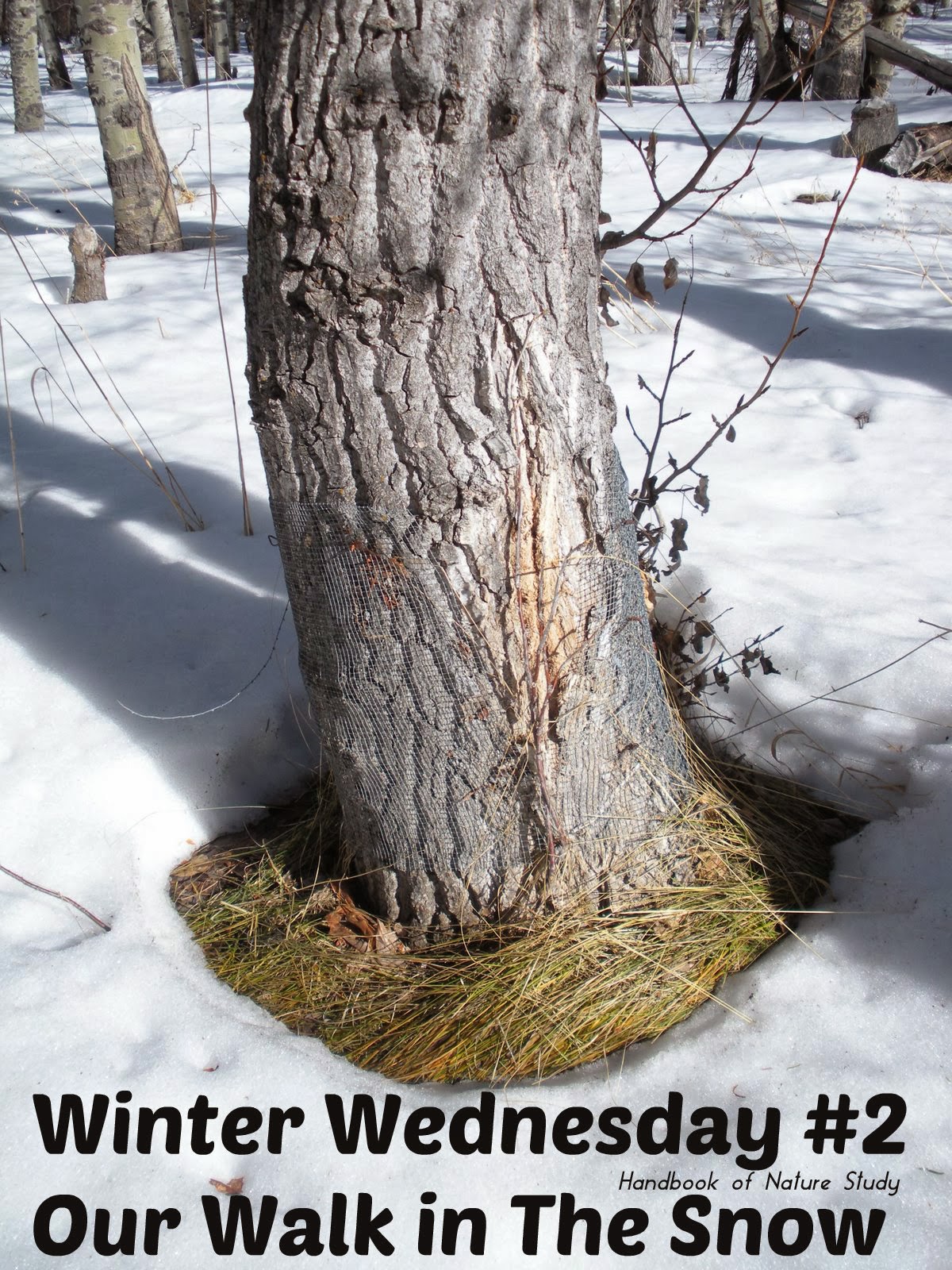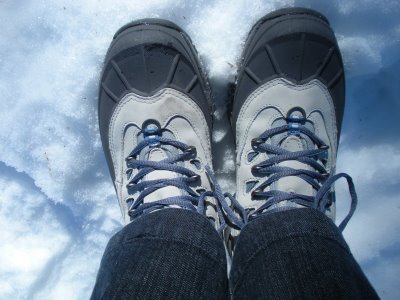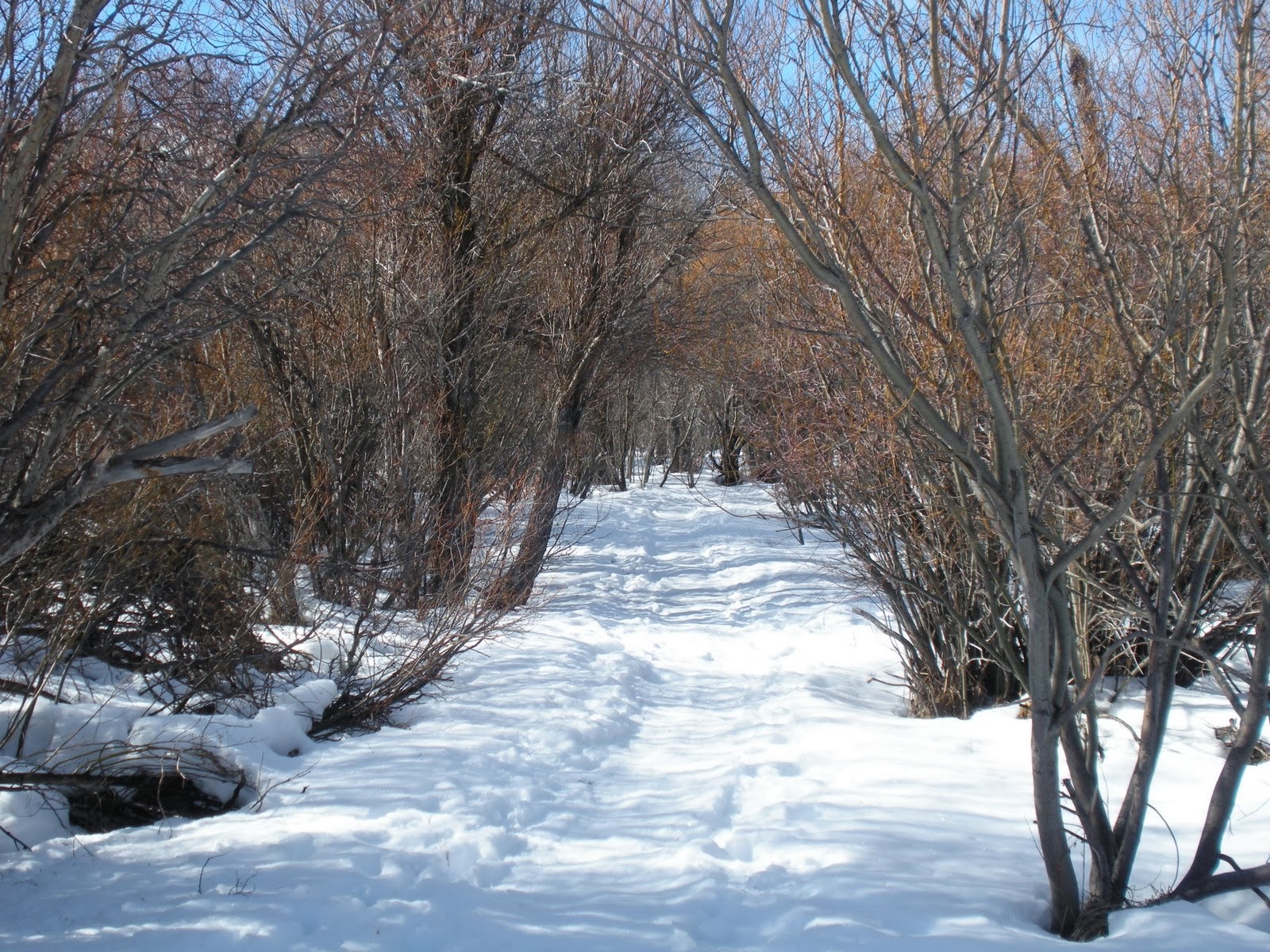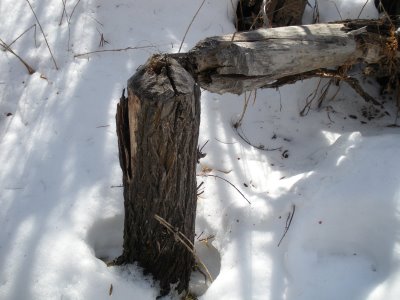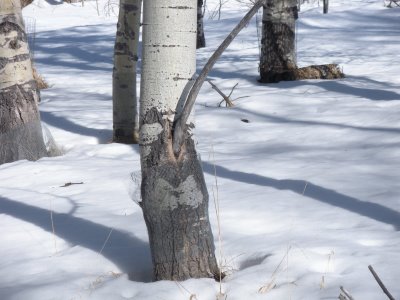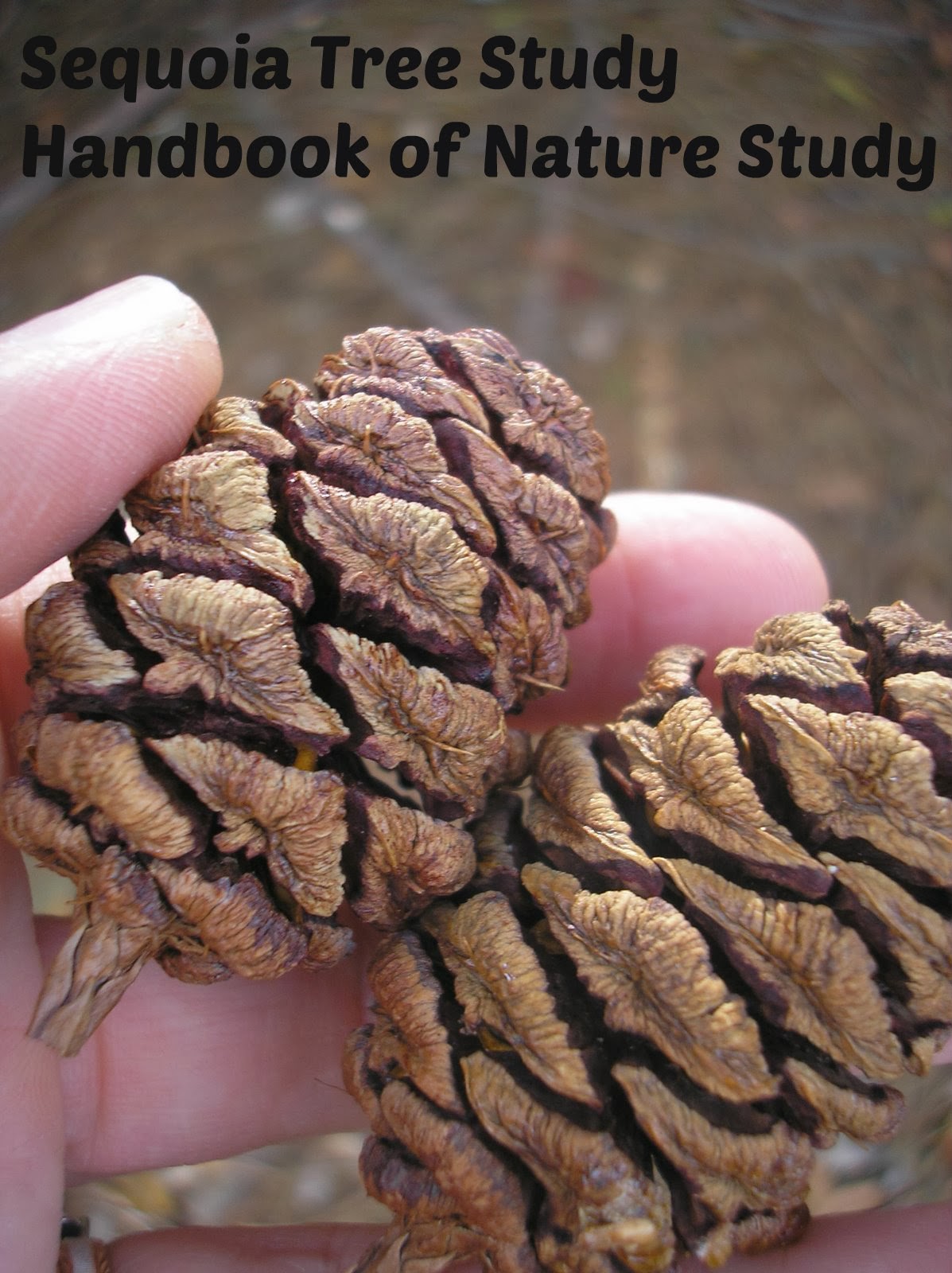Popcorn flower
(found in the meadow, sunny location)
“There should be from first to last a steady growth in the intelligence of the child as to the places where certain plants grow. He finds hepaticas and trilliums in the woods, daisies and buttercups in the sunny fields, mullein on the dry hillsides, cattails in the swamp, and water lilies floating on the pond. This may all be taught by simply asking the pupils questions relating to the soil and the special conditions of the locality where they found the flowers they bring to school. ”
Handbook of Nature Study, page 458
We are adding a few new flowers to our list of early spring wildflowers along our walking trail. I am also updating a few photos to ones taken with my older camera with the better macro lens.
Chickweed…..now I see it everywhere! Even in our backyard!
(along the trail)
Spring Beauty
(along the trail)
Unidentified as of today.
(along the trail in the shade…very low to the ground with interesting leaf shape)
Fiddleneck
(sunny areas)
Here is another photo of Fiddleneck
And another Fiddleneck.
We found a whole patch of Miner’s Lettuce.
(growing in patches along the path…moist areas)
The California poppies are just beginning to bloom on our hiking trail.
(sunny hillside, along the trail)
Common Owl’s Clover
(Note to self: This was on the walking trail and not the Red Shack Trail. Growing along side the trail and on a sunny hillside.)
These flowers are all from last week’s hikes. I am trying my best to keep current.
We had a snowstorm yesterday morning! It all melted rather quickly though and today we were back to our spring like weather.
Tomorrow I will try to post about our bird study and then on Wednesday we will share a garden flower study from the Handbook of Nature Study.






